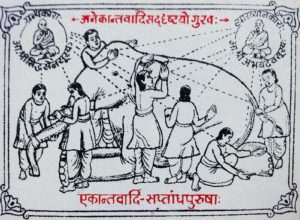Certainly, you’ve heard the old cliché A picture is worth a thousand words. I did some research on this statement and was delighted to learn that prior to photography, individuals used to say, A painting is worth a thousand words. Images, whether captured or manufactured, are powerful. I cannot remember that last Tweet I sent that was imageless. Social media is fueled by compelling images. We need to capitalize on this natural human attraction.
Here are five iconic images from American history:
- The painting of George Washington crossing the Delaware
- The WWI Uncle Sam recruiting poster
- The Marines hoisting the flag on Iwo Jima
- Lyndon Johnson taking the oath of office beside a stunned and blood-stained Jackie Kennedy
- Associates of Dr. King standing over his body pointing towards an assassin
Do any of these descriptions conjure up mental images? Do they inspire emotions, or perhaps personal narratives? If you weren’t familiar with some of these images, did you Google the description out of curiosity?
This episode will demonstrate how to use images in 3 powerful ways:
- To help students understand and a profound concept
- To empower students to create and manipulate images to express themselves
- To hook students in preparation for an impactful lesson
To help in this noble quest, is Alexandra Lang. Here’s Alexandra gazing at a provocative image on her Chromebook.
We talk about why images are important and powerful and strategize as to how teachers can use them. Here are 2 images we discuss in the episode. In the first, Vishvarupa stands and delivers in front of a reluctant Arjuna. In the second, Anekantavada means that individuals may process the world in diverse ways:
It’s also important for students to create and manipulate images. Please navigate to this link which is my blog prompt on Chinese landscapes. The Prizma app takes images and morphs them into impressionistic paintings. Your students will love this app!
And finally, follow this link to see the gruesome images I to draw my kids into the horrifying but fascinating story of the Rape of Nanking.
Episode Template
The Problem:
Images are underutilized in most classrooms.
The Solution:
Use images to explain, empower kids to create and manipulate images, and also use them as a powerful hook.
What you can do tomorrow?
- Create a Google Slide presentation with compelling images about tomorrow’s lesson.
- Present with Pear Deck.
- Challenge students to create their own Google Slides presentation based on your template.
- Create a prompt where students must create their own images.
A picture is worth a thousand words, so save your breath and liberate kid’s imaginations.
Listen to “60-Morph your Kids into Photojouranalists…Starring Alexandra Lang” on Spreaker.


